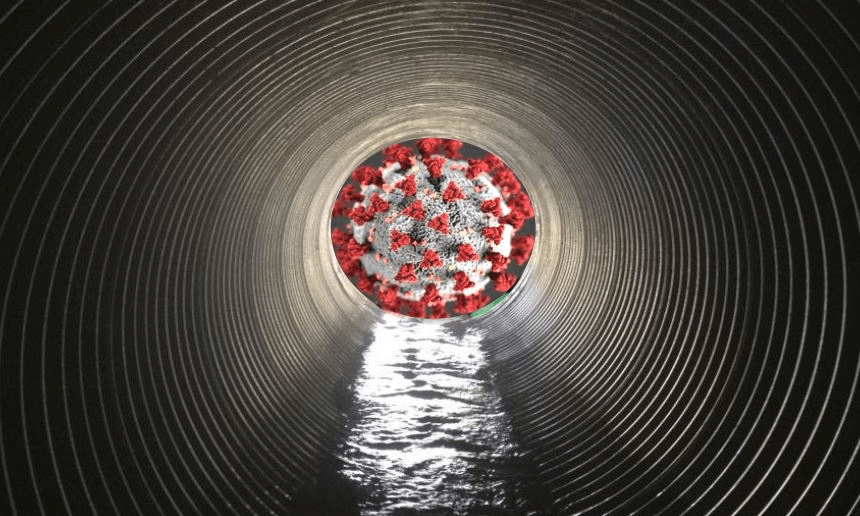Scientists hope to seek evidence of the coronavirus, or its absence, in wastewater. Mirjam Guesgen explains.
The fight against Covid-19 is headed for the sewers, with New Zealand scientists hoping to analyse wastewater samples for signs of the coronavirus.
Tests would allow health authorities to see whether New Zealand’s elimination strategy has worked, said Michael Baker, a professor of public health at Otago University.
“These methods are orientated not so much when you’re trying to manage cases. This is when you think you might have got rid of something and you want to confirm that,” he said.
“You can only achieve elimination if you’ve got ways of saying something isn’t present. It’s easy to say that something is present, it’s actually quite hard to say that something isn’t there.”
New Zealand’s Institute of Environmental Science and Research (ESR) is developing a pilot study to test for the new coronavirus in the country’s sewage systems and potentially track the decline of the virus in our communities.
The news was reported by The Herald over the weekend, but most of the specifics of the pilot are still under wraps, and ESR declined to discuss in any depth.
The method of sewage testing, or sewage surveillance, isn’t new and is used in New Zealand to monitor illegal drug-use and whether vaccination against other viruses like polio has worked. The success of these programmes gives scientists hope that sewage surveillance will work for monitoring coronavirus too. More than a dozen research groups worldwide are currently trialing the method.
In an article for The Spinoff last year, ESR’s Brent Gilpin wrote: “Wastewater has been described as a window on the soul of a city. Illicit drugs are just one of the things for which we can test wastewater. Antimicrobials, antimicrobial resistance genes, diseases, micro-plastics, organic and inorganic contaminants, are just some of the items we could evaluate which could inform on the actions, health and behaviours of our citizens.”
He added: “I think part of our societal obligation is to support this use of science, which provides the opportunity to contribute not just to a fuller understanding of our society, but also to society’s needs.”
Sewage surveillance works because traces of viruses or drugs get flushed out of our bodies and eventually flushed into wastewater plants, where it can last for a few days. Scientists can then estimate, using very sensitive tests, the total number of infections in a community without every single person needing to go in for testing. And because everyone’s “samples” are mixed together and untraceable, sewage surveillance is anonymous.
Sewage surveillance will also help health authorities spot if the virus is returning after control measures like staying at home are lifted because the virus will show up in faeces before people develop symptoms. In that way, it could be an early warning system before the virus gets out of hand again.
But it’s not a simple process.
Researchers will need to figure out how much of the new coronavirus’ genetic code (RNA) actually gets into our faeces. They then need to calculate how the amounts of RNA they get from wastewater samples relates to the number of people actually infected. Does a million bits of RNA in a sample likely to mean one person or 10?
They also need to make sure any efforts that go into sewage surveillance don’t take away money or time from individual testing, according to the Queensland Alliance for Environmental Health Sciences in Australia.
ESR has not publicly released any information about the New Zealand programme. A spokesperson for ESR told The Spinoff in an email that further details may be released in coming days.
